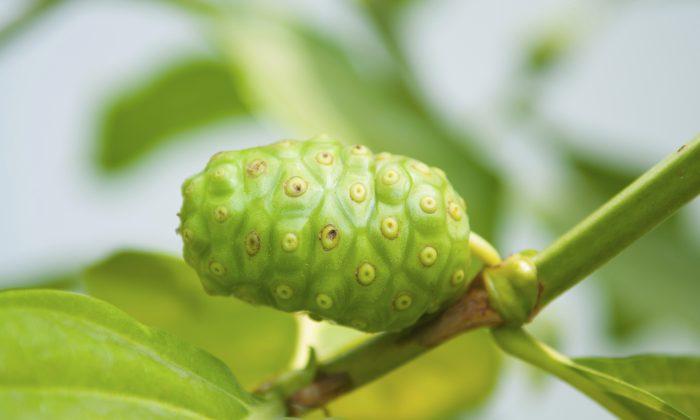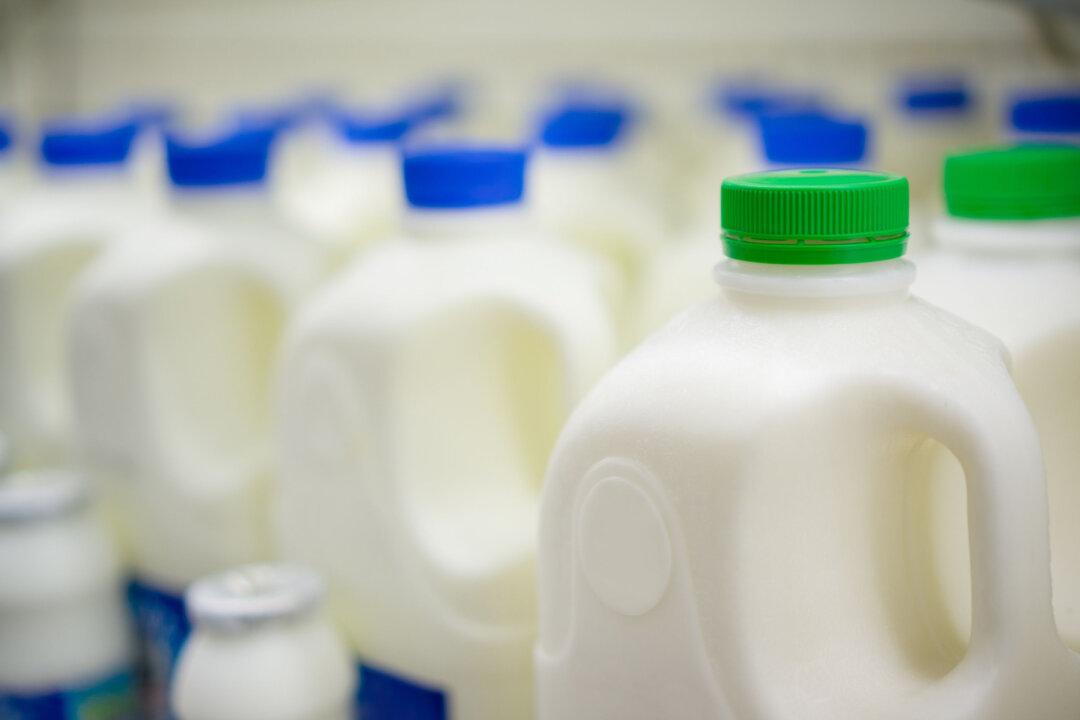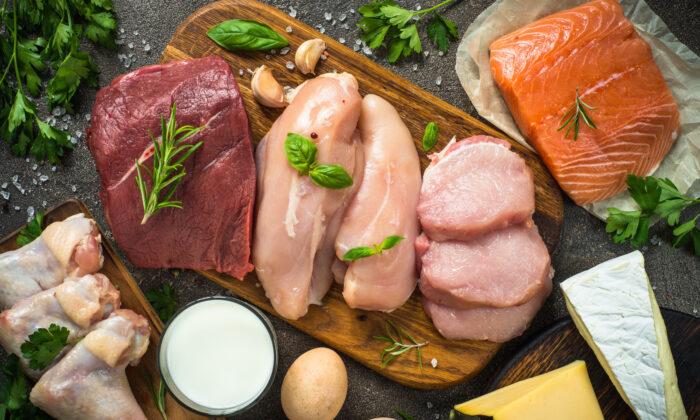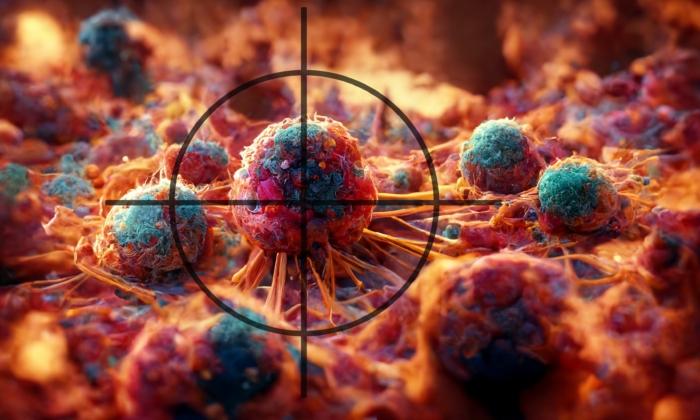Superfoods—as opposed to vitamins or supplements—are foods that naturally concentrate important nutrients. Unlike dietary supplements or vitamins taken in isolation, superfoods provide many nutrients that support each other and prevent the kind of imbalances that often occur when vitamins are taken singly.
The following short list is not meant to be exhaustive but only to provide a few examples of superfoods that can, in general, be taken by everyone. Herbal products for specific ailments are best taken with the advice of a holistic health practitioner.
Algae
Blue-green micro algae, and its cousins spirulina and chlorella, grow on inland waters throughout the world—visible as greenish scum on still lakes and ponds. The Aztecs ate algae as a staple food, dried and spread on tortillas. Africans of the Sahara region also use dried spirulina with grains and vegetables.
These algae are high in protein, carotenoids, and minerals. Beware, however, of claims that they can provide vitamin B12 in vegetarian diets. Nevertheless, the high mineral and protein content of the various algae make them an excellent superfood, a good supplement to the diet, and a useful product for the treatment of a variety of health problems.
Of the three main types of algae, spirulina is said to be the easiest to digest and absorb because its cell walls are composed of mucopolysaccharides rather than indigestible cellulose.
Chlorella needs special processing to improve digestibility of a tough outer cell wall but is valued for its ability to bind with heavy metals and carry them out of the body.
Wild blue-green algae is said to have remarkable healing properties but can transform into an exceptionally toxic plant under certain conditions. Freeze drying is said to denature these toxins.
Cod Liver Oil
Once a standard supplement in traditional European societies, cod liver oil provides fat-soluble vitamins A and D. Dentist and researcher Dr. Weston Price (1870–1948) found vitamins A and D present in the diet of primitives in amounts 10 times higher than the typical American diet of his day.
Cod liver oil supplements are a must for women during pregnancy and for women and their male partners for several months before conception. Growing children will also benefit greatly from a small daily dose. Cod liver oil is also rich in eicosapentaenoic acid (EPA).
The body makes this fatty acid from omega-3 linolenic acid as an important link in the chain of fatty acids that ultimately results in prostaglandins, localized tissue hormones. It is very important for the proper function of the brain and nervous system.
Those individuals who have consumed large amounts of polyunsaturated oils, especially hydrogenated oils, or who have impaired pancreatic function, such as diabetics, may not be able to produce EPA and will, therefore, lack important prostaglandins unless they consume oily fish or take a cod liver oil supplement.
Buy cod liver oil in dark bottles and store in a cool, dark, dry place. Some studies indicate that cod liver oil is toxic in large amounts so don’t overdo: 1 teaspoon per day is a good rule for adults, half that for children. It’s easy to take when stirred into a small amount of water.
Dr. Price always gave cod liver oil with butter oil, extracted by centrifuge from good quality spring or fall butter. He found that cod liver oil on its own was relatively ineffective but combined with butter oil produced excellent results. Your diet should include both good quality, organic butter and cod liver oil.
Evening Primrose, Borage, and Black Currant Oils
These oils contain a fatty acid called gamma-linolenic acid or GLA, which the body produces from omega-6 linoleic acid by the action of special enzymes. In many individuals, the production or effectiveness of this enzyme is compromised, especially as they grow older.
Malnutrition, consumption of hydrogenated oils, and diabetes inhibit the conversion of omega-6 linoleic acid to GLA. GLA-rich oils have been used to treat cancer, premenstrual syndrome, breast disease, scleroderma, colitis, irritable bowel syndrome, and cystic fibrosis. They have been shown to increase liver function and mental acuity.
Glandular and Organ Extracts
Dried tissue from the glands and organs of animals are being successfully used to treat the same glands or organs in human beings, including thyroid, adrenal, pituitary, liver, thymus, spleen, kidney, and eye tissue.
Athletes and those suffering from chronic fatigue should consider taking dried liver if they do not like the taste of fresh liver. Look for products that have been freeze dried rather than processed at high temperatures. Glandulars are best taken under supervision of a qualified health practitioner.
A good source of organ and glandular supplements is Dr. Ron’s UltraPure. The company Radiant Life also sells a good desiccated liver product.
Kelp
Like all sea vegetables, kelp provides minerals found in seawater, especially iodine and trace minerals that may be lacking in our depleted soils. For Westerners unaccustomed to including seaweeds in the diet, a small daily supplement of kelp in tablet or powdered form is a good idea, but don’t overdo—excess iodine may also cause thyroid problems.
Noni Juice
Juice of the Tahitian noni fruit is revered by the Polynesians for its curative powers, possibly due to the presence of an alkaloid precursor called xeronine, which contributes to the effectiveness of proteins on the cellular level.
Noni juice has been used successfully to treat blood sugar problems, injuries and pain, digestive disorders, depression, and many other ailments. It should be taken on an empty stomach.
Wheat Germ Oil
Expeller-expressed wheat germ oil is an excellent source of natural vitamin E, which is our best natural protection for the cell membrane. The Shute brothers of Canada demonstrated that vitamin E supplements are an effective protection against heart disease. In their studies they used wheat germ oil, not synthetic vitamin E preparations.
Yeast
Dried nutritional yeast is an excellent natural source of B complex vitamins (except for B12) plus a variety of minerals. Look for yeast that has been processed at low temperatures.
Yeast does not contribute to candida as has been claimed. Candida feeds on refined carbohydrates, not yeast. The late eminent physician Dr. Henry Bieler treated many cases of chronic fatigue with yeast supplements.
Sally Fallon Morell, M.A., is the founding president of the Weston A. Price Foundation, www.westonaprice.org. She is the author of “Nourishing Traditions: The Cookbook that Challenges Politically Correct Nutrition and the Diet Dictocrats” and “The Nourishing Traditions Book of Baby & Child Care.” To learn more about her work, visit www.newtrendspublishing.com
Mary G. Enig, Ph.D., is a nutritionist, researcher, and author of several books, including “Know Your Fats” and “Eat Fat, Lose Fat: The Healthy Alternative to Trans Fats.”







Friends Read Free